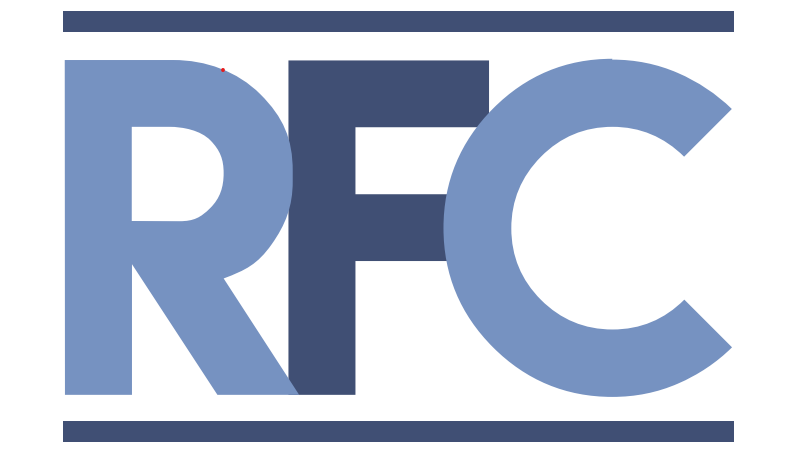Right Fit Leading: Thoughts On Motivation
- Home
- Right Fit Leading
- Right Fit Leading: Thoughts On Motivation
 As a leader, I’ve found that the real challenge is to find out what makes your team members tick. Finding out starts with helping them answer the question, “What’s in it for me (WIIFM)?” The answer can vary from person to person, but there are some considerations that team members may be concerned about.
As a leader, I’ve found that the real challenge is to find out what makes your team members tick. Finding out starts with helping them answer the question, “What’s in it for me (WIIFM)?” The answer can vary from person to person, but there are some considerations that team members may be concerned about.
The most logical way to help someone figure out the WIIFM is to determine what they want. Very often, you’ll find that there are some common things that workers want.
It may surprise you to know that money is not always at the top of the list. In fact, studies have shown that money tends to be a temporary motivator. In other words, giving me money today will motivate me only as long as I have it or as long as the amount you give me satisfies my financial need of the moment. Motivation expert Frederick Herzberg believed in a KITA approach that says the quickest and surest way to get people to do something is to “kick them in the tail.” According to Herzberg in “Work and the Nature of Man,” KITA approaches may get the person to take action, but it takes another kick to make additional actions occur.
In short, Herzberg’s research indicates that improving the fit between the individual and the organization is best done through job enrichment. The best way to enrich someone’s job is to first understand what they value. What do they want from their job?
People tend to want the following things: a chance to do worthy work that makes a difference, is significant in its contribution, or allows them to learn and master new skills. People are also interested in basic workplace rights, such as control over one’s own actions, respect, trust and support, fair treatment, even-handed discipline, recognition of effort, and reward for exceptional work.
Leaders hold the keys for making jobs better. Don’t just add meaningless tasks to a job that leaves workers unmotivated. When adding tasks to enrich a job, try to ensure the new tasks are at a higher level than the current ones. If you can’t add higher-level tasks, you should at least ensure the new tasks or responsibilities are more difficult than the current ones. Explain how the new tasks relate to the current ones, and how they figure in the organization’s big picture. Provide greater challenges and allow more feedback, then step back and let individuals enjoy their newfound freedom and authority.
I hope these suggestions can work for you. If you have other ways to motivate people, please share them with me.
Related
- Share this post

Doc Brown